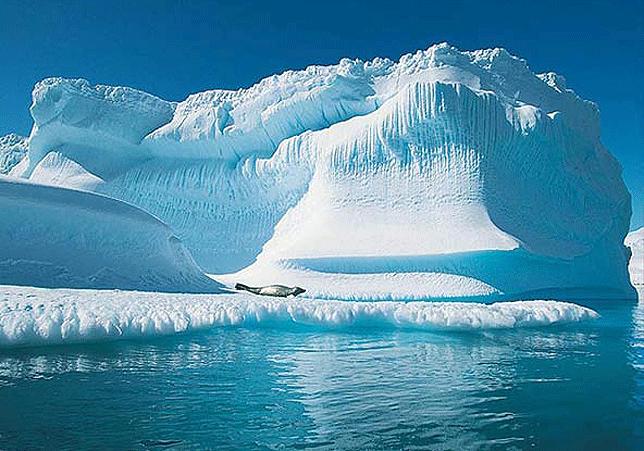
“Anomaly doesn’t mean climate change has ceased. It just shows how complex and variable polar feedback cycles may be.” These words by Dr. Stef Lhermitte of Delft University, pronounced in March 2025, mirror the wonder and confusion gripping the glaciological community. In a year when all eyes were upon record temperatures and contracting ice elsewhere, new satellite imagery suggested that areas of East Antarctica were bucking the trend, displaying actual ice growth, a process as puzzling as it is instructive.
To climate scientists and polar researchers, these are more than matters of scientific interest. They threaten traditional accounts, challenge climate models to the limit, and show the intricate interaction of ocean, atmosphere, and ice. The following are nine findings from the 2024–2025 Antarctic season that are reshaping the story of the Earth’s coldest continent.

1. Satellite Data Reveals Localized Ice Gains
NASA and the National Snow and Ice Data Center reported unexpectedly higher ice mass in areas of East Antarctica early in 2025. These measurements, based on decades of satellite tracking, contradicted forecasts. While overall the Earth’s polar caps are losing ice, discovering regional increases was so remarkable that it was likened to watching a melting ice cube start growing. The data, which was gathered through advanced microwave sensors and radar altimetry, revealed a high-respectful look at surface mass balance variability, with some areas accumulating more ice than they lost.
This regional growth does not counteract the global pattern of ice melting, but it does necessitate reevaluation of the processes at work in the Antarctic interior. As NSIDC summarized, “widespread snowfall helped reduce the ice sheet’s net contribution to sea level rise for this period.”

2. Ocean Currents as Ice Guardians
In a groundbreaking report released by the British Antarctic Survey in 2024, researchers revealed how currents in the Southern Ocean shape the fate of Antarctic ice. They learned that shifting currents were acting as a short-term shield, pushing out warmer waters and creating refuges of cold water where ice could persist and even thicken. This phenomenon, akin to a protective moat for an ice fortress, is an example of the dynamic relationship between ice sheet stability and ocean currents.
But these short-term trends are now current. As the study cautioned, “these current changes aren’t permanent, but they’re strong enough to create temporary ice havens.” The takeaway: regional oceanography can drastically alter ice sheet dynamics on surprisingly short timescales.

3. The “Climate Contradiction” Perplexity
The World Meteorological Organization called this year’s Antarctic patterns a “climate contradiction.” Local ice growth in a warming world? The answer lies in the complexities of climate feedbacks and dangers of oversimplification. While East Antarctica gained, West Antarctica lost ice at frightening rates, and the Antarctic Peninsula had more-than-average days of melting.
This patchwork pattern, captioned “the forest versus the trees,” shows how regional anomalies must be understood against the background of global trends. The WMO emphasized that these short-term gains do not eradicate decades of observed ice loss around the globe.
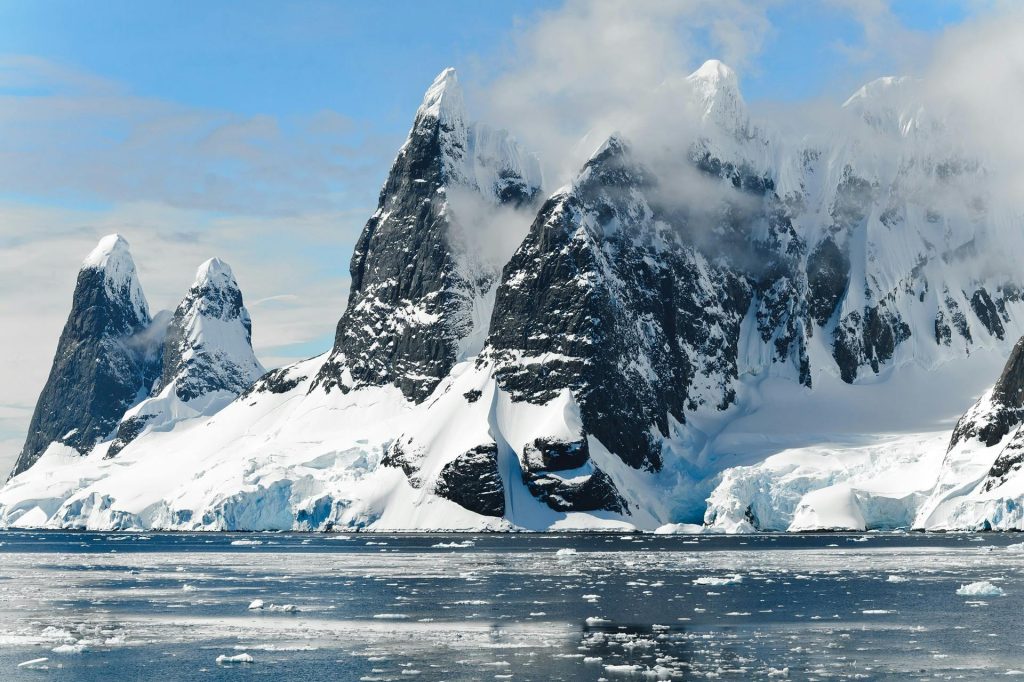
4. Heavy Snowfall Distorts the Surface Mass Balance
A paper in The Cryosphere journal for 2025 discovered that exceptionally heavy snowfall over the past year especially along the coast of Dronning Maud Land and central East Antarctica had an immense influence on the surface mass balance of the continent. The NSIDC reported net snow accumulation was nearly 200 billion tons above average from February 2024 through March 2025 (extensive snowfall played a role in reducing the ice sheet’s net contribution to sea level increase).
But this apparent “growth” may be less a matter of long-term stability than redistribution. As scientists caution, additional snowfall can mask underlying vulnerabilities, and the added weight fails to guarantee long-term resilience to warming and ocean-forced melt.

5. La Niña’s Chilling Influence
The continuation of a vigorous La Niña from late 2024 into early 2025 introduced cooler conditions into the Southern Hemisphere, supporting sea ice persistence during the austral winter. The climate fluctuation, by altering atmospheric circulation and ocean temperatures, preferred ice expansion in some areas even as global warming persisted.
La Niña’s impact was especially manifested in the timing and size of melting and refreezing incidents, with melt lengths dropping sharply in February as cold air poured over the Antarctic Peninsula (melt extent dropped to near zero or below normal). This event illustrates how global climate trends can overpower local warming at least for a little while, yet also how quickly the situation can shift.
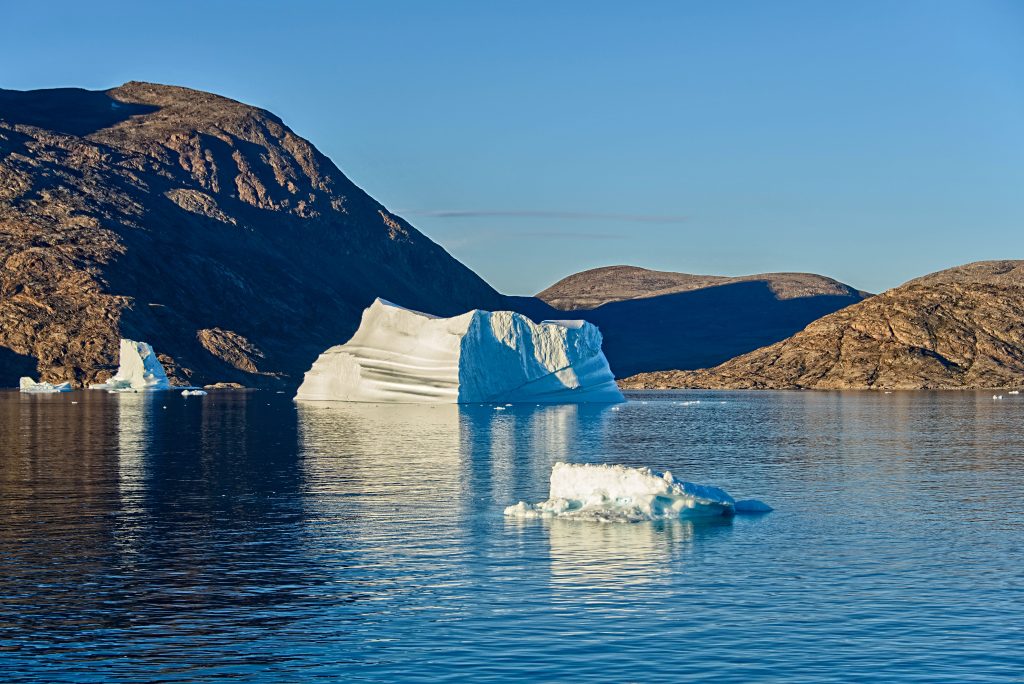
6. Climate Models Missed the Mark
East Antarctica’s short-term growth phase caught large climate models by surprise. Institutions like the IPCC are going back on their near-future forecasting tools, knowing that even though models are very good at long timescales, they are bad at short, local deviations. As quoted in the recent Nature review, “few ice sheet models accurately reproduce the rapid mass loss from ice sheets over the last few decades, suggesting uncertainties may be larger than assumed.”
This modeling deficiency is not a failure of the science of climate, but a testament to the nonlinear, complex feedbacks governing polar systems. Including such feedbacks in models in the future can deliver greater accuracy, but at greater complexity.
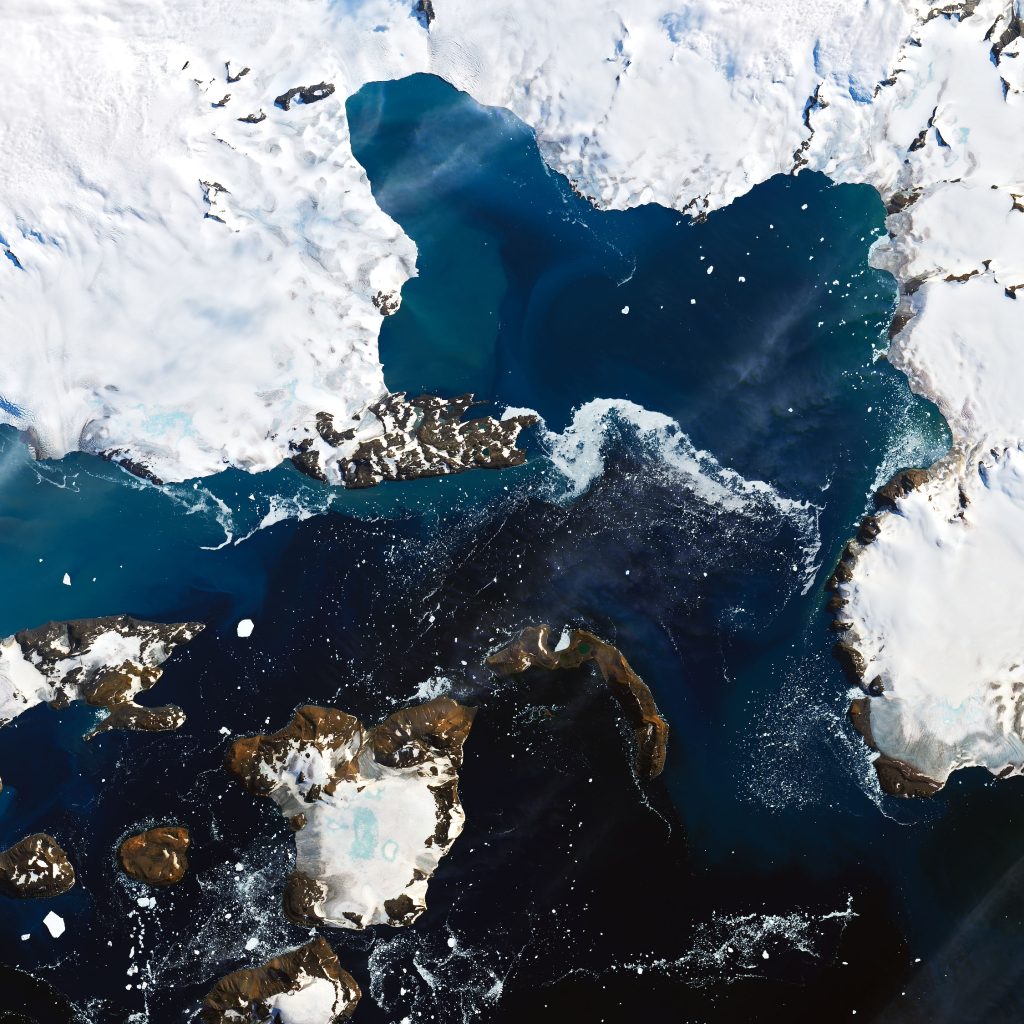
7. Media Narratives and Public Misunderstanding
The nuanced findings of Antarctic ice growth have not always been conveyed accurately in the media. Sensational headlines about “Antarctic ice recovery” have been seized upon by climate denial groups, often ignoring the careful qualifications provided by researchers. As one scientist lamented, it’s like “taking a doctor’s statement that ‘your fever broke’ and claiming you’re completely healthy while ignoring the underlying illness.”
Scientists spend as much time clarifying what their results don’t show as they do describing what they do. This communication challenge indicates the need for precise, context-dependent reports on complex climate processes.

8. Regional Contrasts: East vs. West Antarctica
The Antarctic continent is not uniform. While record snowfall and modest ice gains occurred in some parts of East Antarctica, West Antarctica and the Antarctic Peninsula continued to experience substantial ice loss and surplus melt days. The Amery and Roi Baudouin Ice Shelves, for example, protruded to nearly record melt pond cover as far as February 2025, while the Sulzberger and Ross Ice Shelves had fewer-than-usual melt days (more-than-usual melt days in the West, Shackleton, and Totten Ice Shelf regions).
This local diversity is the reason that global inferences cannot be drawn from single points of data. The local weather, ocean currents, and topography combine to create an ice behavior mosaic on the continent.
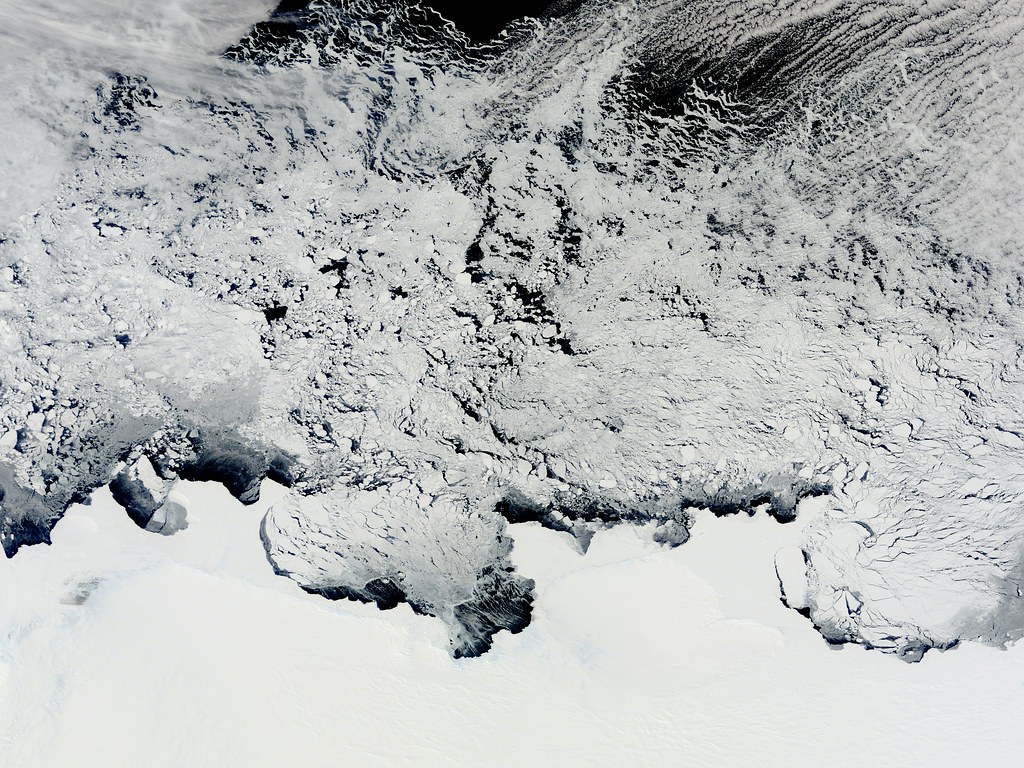
9. The Imperative for Improved Monitoring
Surprises of 2025 have shown us one thing for sure: widespread, high-resolution monitoring is required. Advances in satellite remote sensing, such as the use of microwave and laser altimetry, have revolutionised glaciology (satellite remote sensing offers glorious prospects for glacier recession mapping). Yet there are shortcomings, and especially in the detection of rapid, local changes.
New technologies like autonomous under-ice vehicles and high-resolution ice-penetrating radar are being installed to bridge these gaps. The goal is to have an observing network that can observe both the coarse scale and the fine scale, in order to have surprise in the future meet with firm, real-time information.
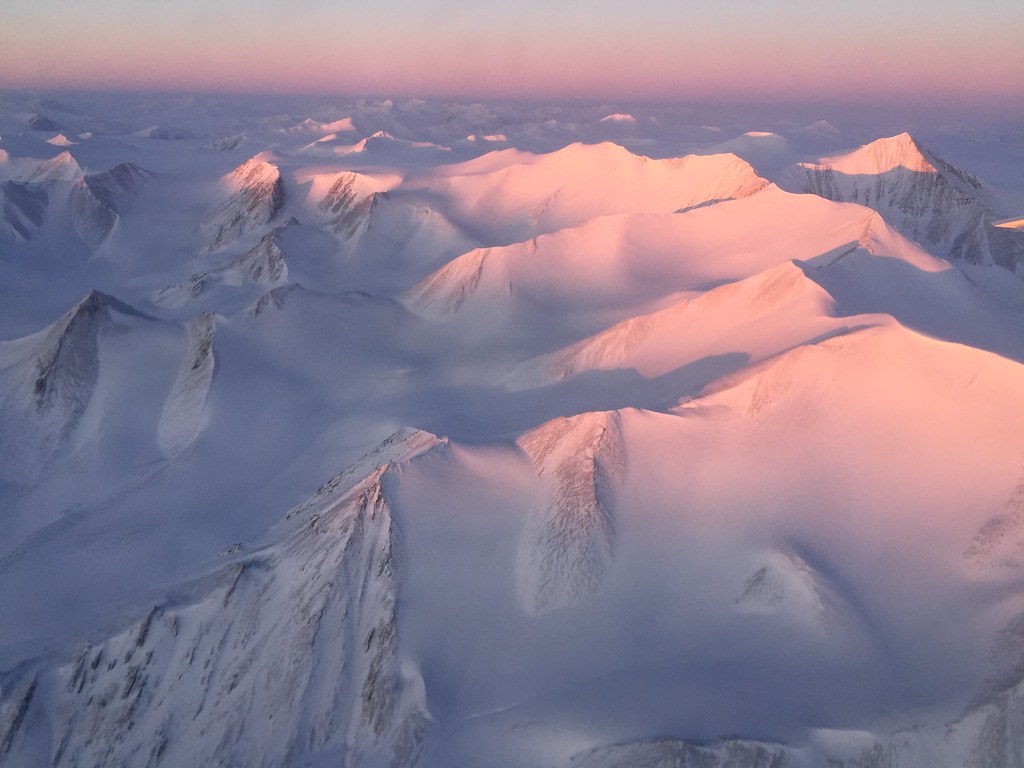
The 2025 Antarctic ice expansion is not a story of recovery or reversal to be simplified to extremity. Instead, it is a visual demonstration of the continent’s subtlety and the importance of humility in the face of nature’s complexity. For climate scientists and glaciologists, this news is challenge and invitation a call to simplify models, expand monitoring, and speak with even finer precision. As the polar areas continue to surprise, the determination of the scientific community to understand and to explain these phenomena is greater than ever.


